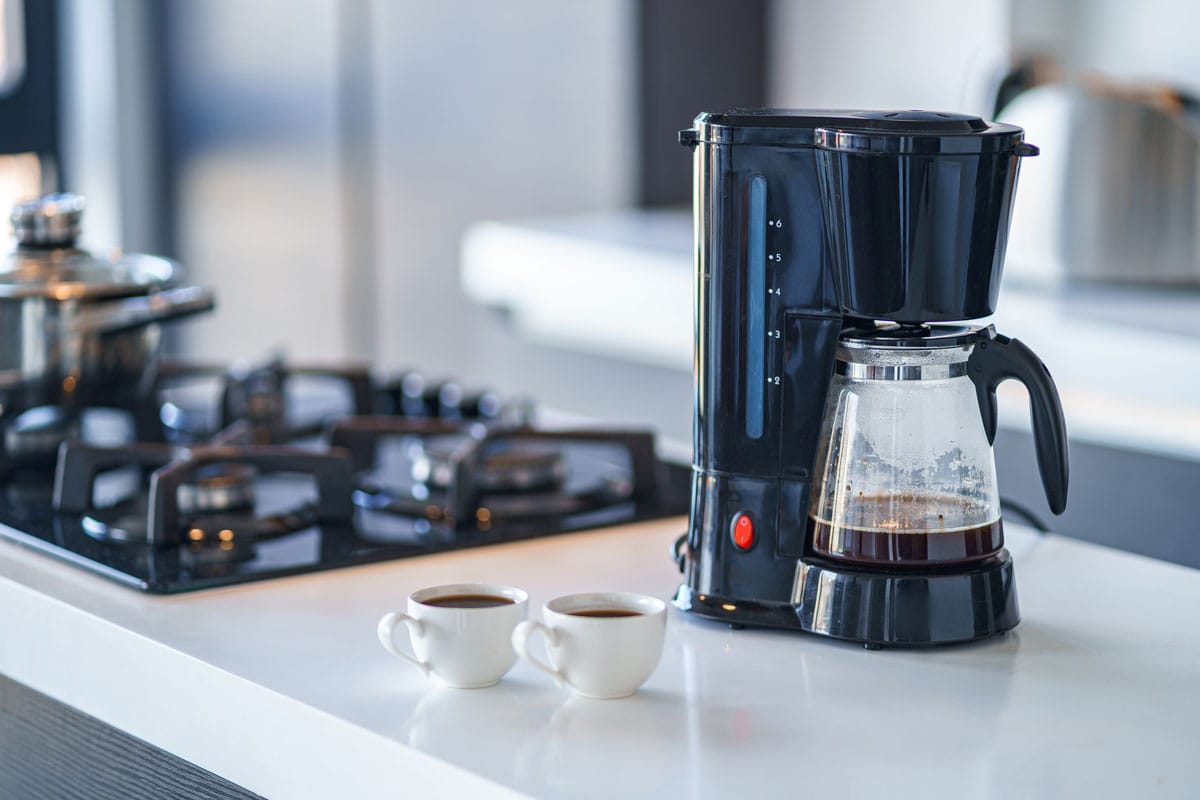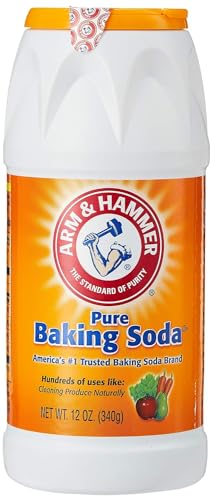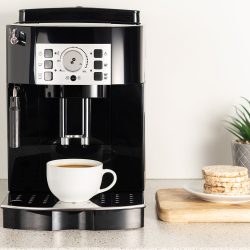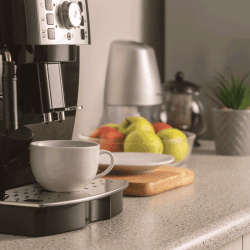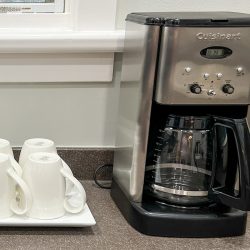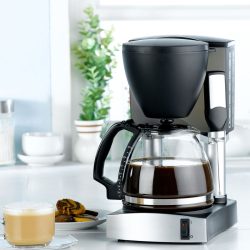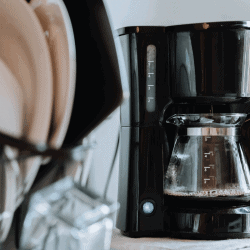A great cup of coffee is a terrific way to start the day. However, nothing is more irritating than a coffee maker that makes popping sounds. This is a clear indicator that the coffee maker is having problems. Fortunately, we did research to find out what could cause popping noises in a coffee maker and what you can do about it.
If your coffee maker is making a popping sound or other weird noise, you should check for debris or residue accumulation, loose components, heating element failure, or low water in the tank.
Check the following items to resolve or avoid popping noises:
- Clogging
- Residue stuck in passageways
- Check the aluminum tubes
- Check the water level
- Check the heating coil
- Check for loose components
- One-way valve
These are the most common causes of noise from your coffee maker. In this post, we will go through each in detail to help you explore and solve your problem.
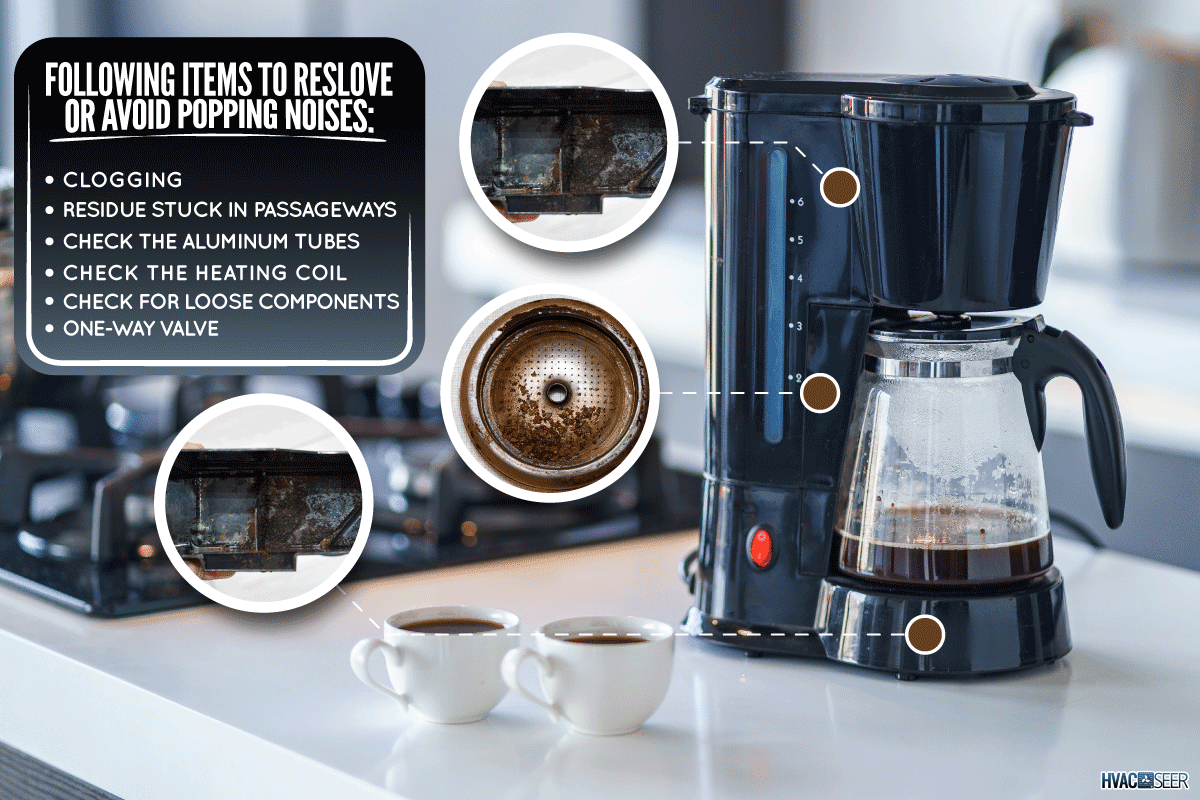
Why Is Your Coffee Maker Making Popping Noises?
When your coffee maker starts making a popping sound, you might be concerned. But you can inspect your coffee maker on your own. Here are a few possible reasons why your coffee maker is producing strange noises.
Clogging
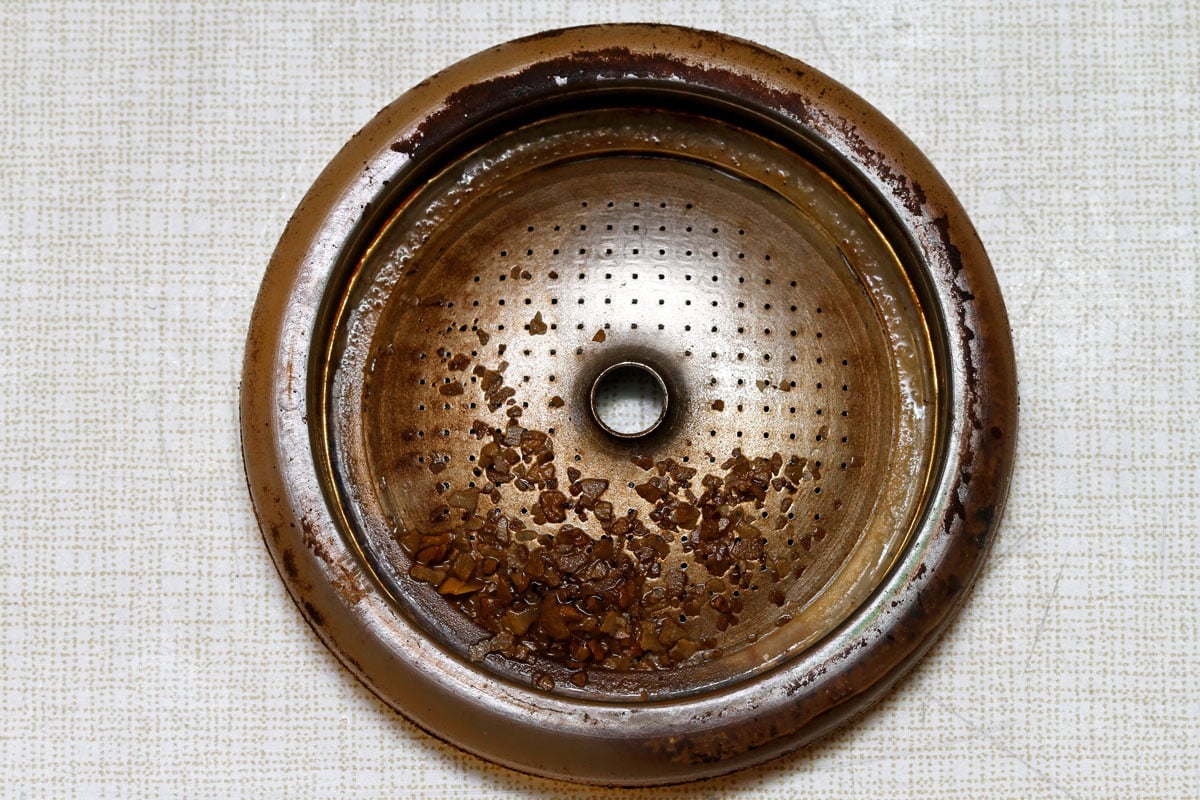
Your coffee maker may drip slowly and make noises. This could be because of the accumulation of residue and minerals in the water or coffee grounds. This clogging can cause the machine to work inefficiently.
You should clean the unit properly to remove any residue or buildup.
Residue Stuck In Passageways
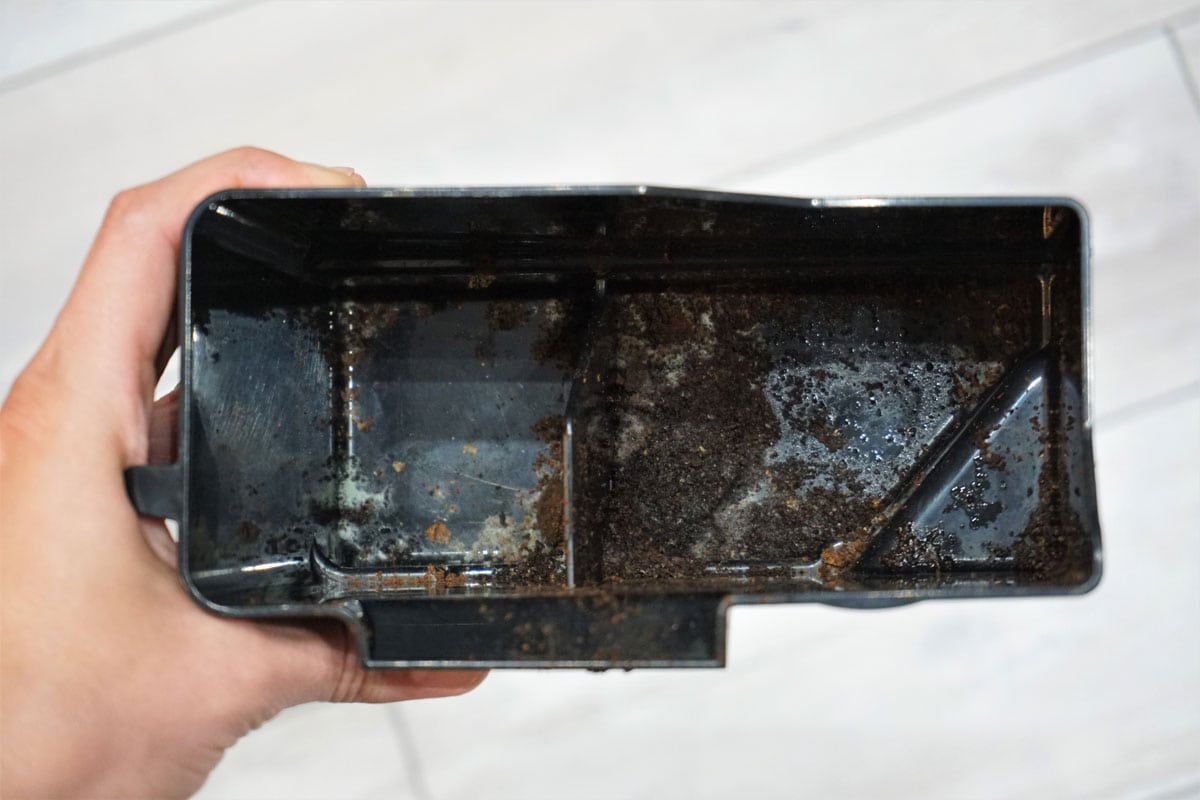
Coffeemakers can create a lot of noise, especially those that are air pressured. This is due to residue becoming lodged in the coffeemaker's passageways. To avoid these issues, use only bottled water when making coffee.
Bottled drinking water is pricey, but it can extend the life of your coffee maker and spare you from noise and extra cleaning.
Check The Aluminum Tubes
Another cause of popping noises in coffee makers is calcium buildup. This is fairly common in the case of aluminum tubes. If not handled promptly, the sounds may be the start of further issues.
Check The Water Level
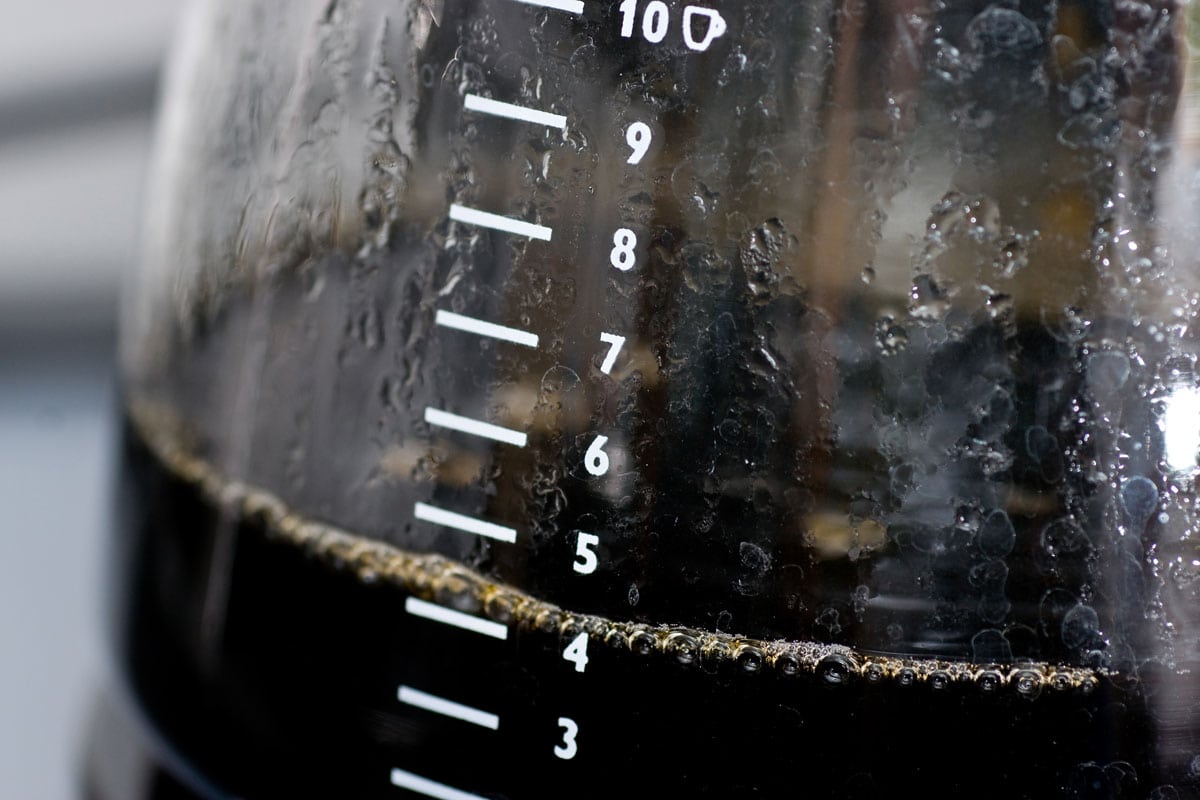
If the water level in the tank is low, your coffee maker might make strange noises. This issue might arise if the coffee maker is left on for an extended period of time without being used. It might also be the result of minor holes in the heating element.
Check The Heating Coil
Failure of the coffee maker's heating coil can also cause noise and poor operation. In this scenario, it is preferable to replace the coffee maker.
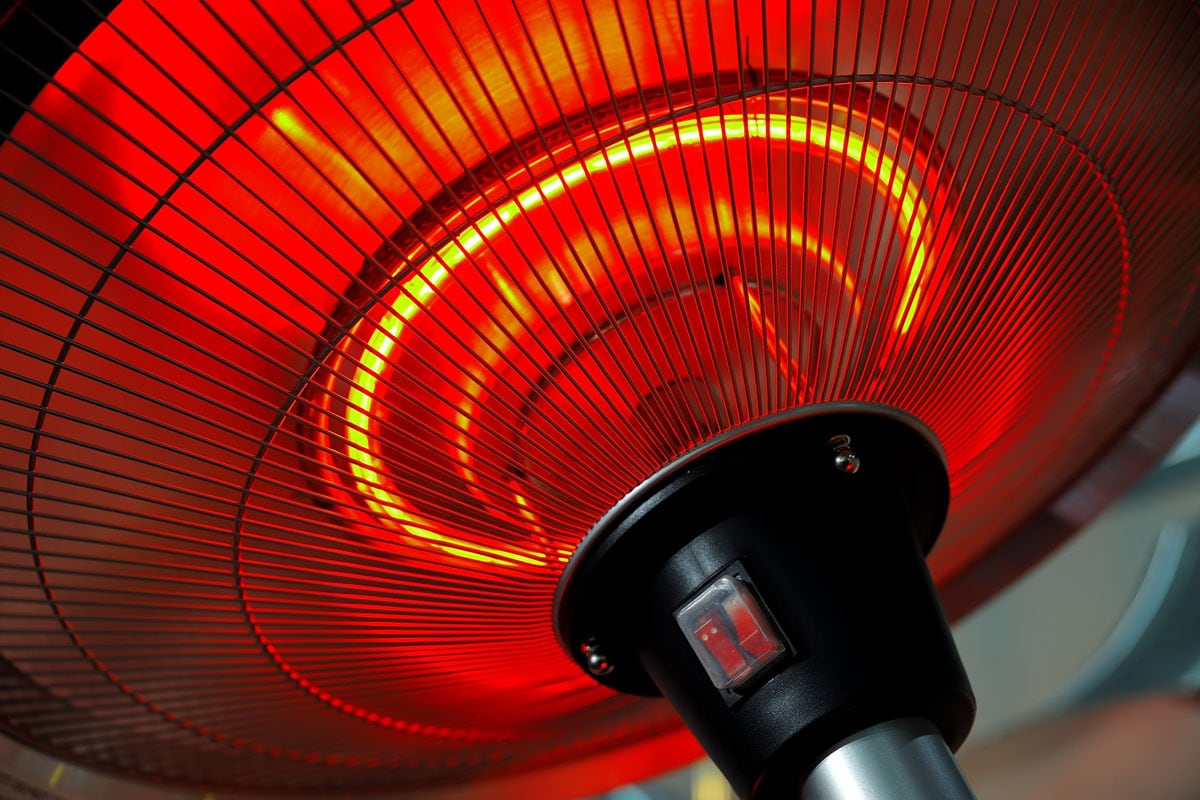
Check For Loose Components
Loose components are the most common cause of coffee maker noises.
Frequent use of coffee makers can cause some parts to become loose, making them inefficient. A single loose component in your coffeemaker can generate irritating noises and poor performance.
Check all the coffeemaker's parts. You may need to replace them if there is a major problem.
One-Way Valve
The one-way valve is an essential component of a coffee maker.
It's commonly in the bucket's hole or the aluminum pipe. This valve allows cold water to enter the aluminum tube while forcing boiling water bubbles to exit.
This valve can easily be jammed by debris and dirt, which can cause noise. A toothpick can be used to clean the debris from inside the valve.
How Often Should You Clean Your Coffee Maker?
The basic minimum for cleaning your coffee maker is once every six months. You should wipe it out at least once every three months. If you use your coffee maker frequently, cleaning it once a month is recommended.
Cleaning Your Coffee Maker With Vinegar
Because of its acidic nature, vinegar is a powerful, effective, and safe cleaning tool. Using vinegar to clean a coffee maker is a simple technique to ensure that the interior of your coffee maker, including sections you can't reach, is thoroughly cleaned.
Fill the reservoir of your coffee maker with equal parts water and white vinegar, then start the brew cycle. Turn off the coffeemaker halfway through the brew cycle and set it aside for 30 minutes to allow the vinegar mixture to do its work.
When the time is up, restart the coffeemaker and let it finish its cycle. Rinse the carafe inside and out with warm water after washing it with liquid dishwashing soap.
Click to see this product on Amazon.
Cleaning Your Coffee Maker With Lemon Juice
Lemon juice is a wonderful cleaning agent for individuals who dislike the smell of vinegar. Cleaning a coffee maker with lemon juice is comparable to cleaning it with white vinegar.
Fill the coffee maker 1/3 of the way with lemon juice and the remaining space with water in the water reservoir.
To clean the machine, perform a brew cycle as normal. You can rinse with clean water, but this is not required, because you can brew a pot of coffee right after washing with no negative effects.
Baking Soda For A Deep Clean
Another nontoxic cleaning cleaning agent that employs natural materials to remove dirt and mildew from your coffee maker is baking soda. This is an excellent alternative for cleaning all of your most difficult coffee makers or espresso equipment.
Fill the coffee carafe halfway with 1/4 cup baking soda and a cup of warm water. Swirl the contents until the baking soda is completely dissolved, then dump the coffee pot contents into your water reservoir.
Repeat the brew cycle on the coffee maker until all the baking soda and water solution has been emptied from the tank. Fill the reservoir to the brim with water and repeat the procedure until all of the water is gone.
Click to see this product on Amazon.
Hydrogen Peroxide As An Alternate Disinfectant
For most cleaning tasks, hydrogen peroxide is a potent cleaning product that can be used interchangeably with vinegar. When it comes to cleaning your coffee machine, hydrogen peroxide is a fantastic choice.
Fill your carafe halfway with one cup of hydrogen peroxide solution and two cups of warm water to make a diluted solution. Run the coffee cleaner through the coffee maker until all of the hydrogen peroxide solution has gone through.
If you use a paper filter in your brew basket, make sure to clean the basket as well. Finish by washing your coffee maker with clean water at least twice.
Click to see this product on Amazon.
Decalcifying Your Coffee Maker Using Borax
Borax is a common cleaning product. It leaves no chemical residue behind, making it safe to use in your coffee maker.
It is simple to descale a coffee machine with Borax. Begin by completely filling your water reservoir. Add in around two teaspoons of Borax, then run your coffee machine through its normal brew cycle.
After the brew cycle is complete, add clean water to the reservoir and run it through the coffee pot three or four times more to ensure that the cleaning agent is flushed out of the system before making your next pot of coffee.
Click to see this product on Amazon.
How Long Should A Coffee Maker Last?
A good coffee maker should work reliably for about five years. If you maintain the machine properly by cleaning and descaling it on a regular basis, it can last up to 10 years.
While some coffee makers can survive up to 10 years, you may need to give up your coffee maker sooner than that. There are several reasons why your coffee machine may need to be replaced.
Coffee machine no longer heats water
When your old coffee maker no longer warms water, you know it's time to replace it.
While cleaning and descaling can help you keep the coffee machine functioning as long as possible, heating components do wear down over time. If this occurs, the only option is to replace the coffee machine.
Water flows past the heating element, leaving behind mineral residue. The residue accumulates and reduces the effectiveness of the heating element.
The heating element is affected by age and wear as well. As a result, the machine may brew weak, lukewarm coffee below the acceptable 195-205 degree F temperature range.
Coffee machine no longer works
If your coffee maker stops working altogether, we recommend contacting the manufacturer about having the machine replaced.
Machines can develop a variety of problems, including leaks, defective pumps, and damaged, irreplaceable components. All of these are signs that the coffee maker should be replaced.
Naturally, if the equipment is still under warranty, we recommend contacting the manufacturer. However, keep in mind that it may be cheaper to purchase a new machine rather than paying for shipping and service on an old one.
Final Thoughts
